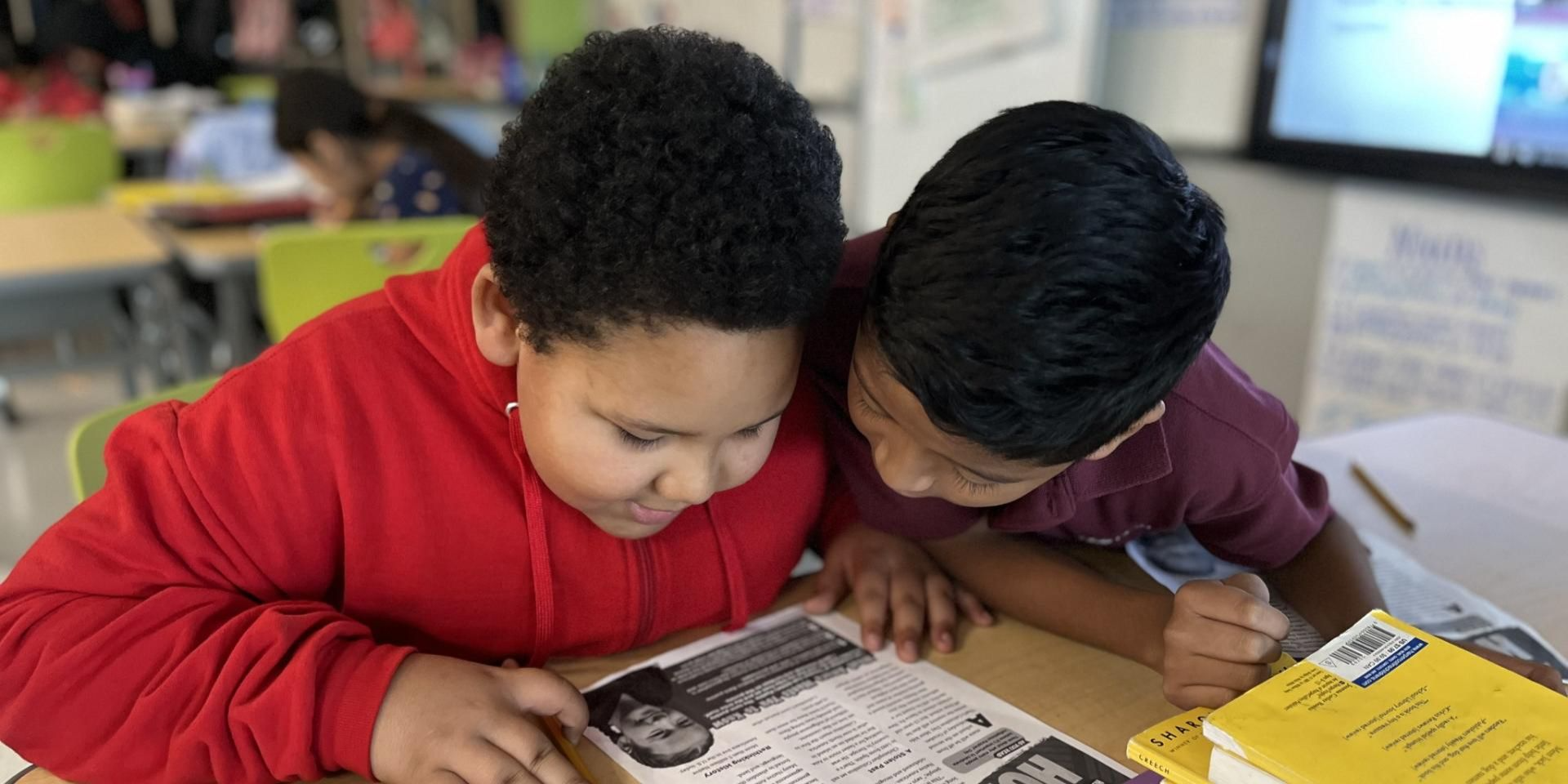
A small group of charters is threatening to diminish the investments of Kirwan
The Blueprint for Maryland’s Future Act begins to correct historical inequities and underfunding for City Schools so that our students, especially the most vulnerable, can access the educational opportunities they have always deserved.
We celebrate the Blueprint Act’s long overdue increases in funding for our students, which will allow schools to expand their support and educational programming. With a heavy heart, we must alert you to a pending threat to these necessary and long-awaited funding increases. Unfortunately, a small group of seven charter school operators is threatening to diminish the Blueprint Act’s investments by taking more than their fair share.
To increase their funding, these seven charter school operators propose to both keep their funding increases under the Blueprint Act and “save” money by not doing what every school in our system does – pay their fair share of the more than $200 million in FY23 alone needed to fully address funding gaps for special education, especially students with severe mental and physical needs, as well as pre-kindergarten learners.
If they have their way, the 124 traditional schools in the school system will carry the entire cost of serving our most vulnerable students, while those seven charter school operators benefit at their expense. It is important to note that most charter schools do not agree with these seven operators.
Below is a presentation on charter funding and a FAQ to best explain what is occurring:
Our legal filing
Read our legal filing to protect all students
Presentations
We encourage our community to be informed about this important issue. Please review the following presentation and our legal filing to better understand why the proposal from the seven charter operators harms our schools.
Frequently Asked Questions
A small group of charter school operators is threatening to diminish these investments by grabbing for more than their fair share. This move comes at the expense of traditional school students and children with the highest needs...
Feb. 7, 2023 letter to the community
